Asiatic wildcats are a subspecies of the African wildcat. They are also called the Asian steppe wildcat and Indian desert cat. The cat has a long tail with a short black tip. The coat, ranging from sand yellow to grey or red, has small black (or red-brown) spots. The conservation status of the cat is Least Concern, but populations are declining.
Scientific Name: Felis lybica ornata
Conservation Status: Least Concern
More About the Asiatic Wildcat
Physical Characteristics
The Asiatic wildcat has light-colored fur with spots on its upper body. It is smaller than the European wildcat, which has lighter fur.
The cat’s tail is long, thin, and tapered with black rings and a tip. There are very few spots on the cat’s lower throat and neck. Asian wildcats also have a dark stripe from the corner of their eye to the base of their ears and tufts of hair above their ears. The cat’s legs are longer than the legs of a domestic cat.
| Asiatic Wildcat | FROM | TO |
| Weight | 4.5 lbs. | 17 lbs. |
| Body Length | 16 in. | 25 in. |
| Tail Length | 8.5 in. | 14.8 in. |
Habitat (Where Asiatic Wildcats Live)
The Asiatic wildcat is mainly seen in scrub deserts with elevations up to 3,000 feet and some mountain areas if there is enough vegetation and forests.
The Caucasus mountain range separates European wildcats from Asiatic wildcats. The range is located between the Black Sea and the Caspian Sea. Asiatic wildcats in the lower desert and semi-desert areas near the Caspian Sea.
Asiatic wildcats also inhabit Iran, Afghanistan, India and China.
In Iran, the cat has been seen in forests, mountain areas, plains, and along the coast. Asiatic wildcats in India typically inhabit the Thar Desert, also called the Great Indian Desert, in the country’s northwestern part.
Asiatic wildcats are located in several regions throughout China, including Xinjiang, Qinghai, Gansu, Ningxia, Shaanxi, and Inner Mongolia.
Hunting and Prey (Diet)
Asiatic wildcats eat rodents, birds, reptiles, fish, insects, and eggs, including voles, squirrels, hares, muskrats, rats, doves, finches, sparrows, lizards, beetles, pheasants, partridges, and grasshoppers.
Reproduction and Lifespan
The mating season varies depending on the region. Litters generally range in size from 2 to 4 cubs. Female wildcats will often mate with male domestic cats. Asiatic wildcats live up to 11 years.
Conservation Threats
One of the main threats to Asiatic wildcat conservation is crossbreeding with domestic cats. Some scientists believe that the number of pure Asiatic wildcat populations is relatively few. Feral domestic wildcats also compete with Asiatic wildcats for food.

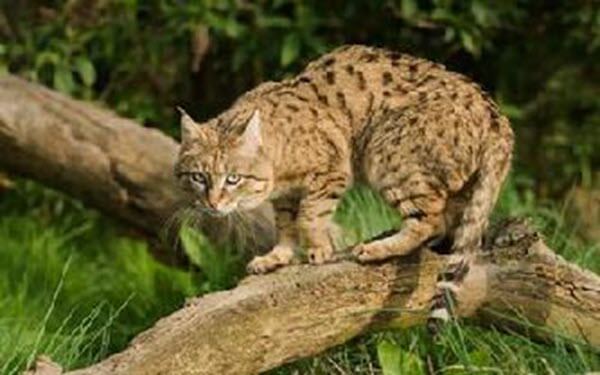
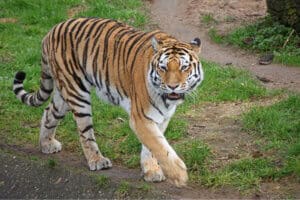
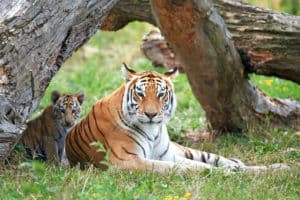
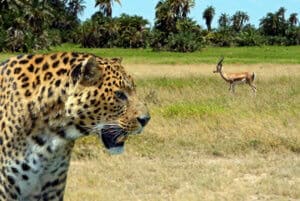

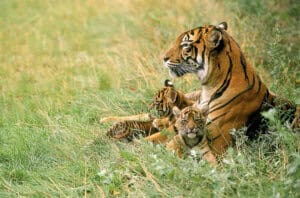

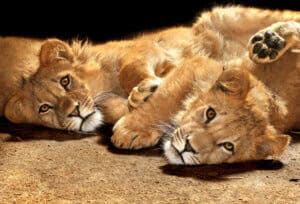
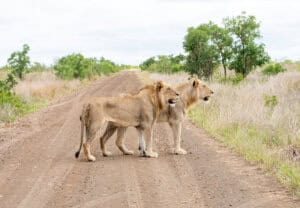
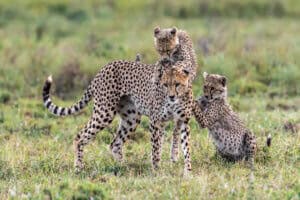


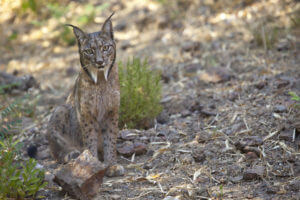




0 Comments